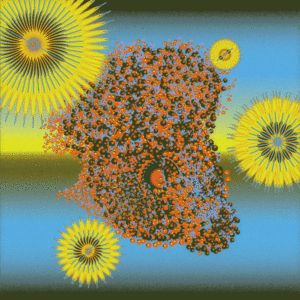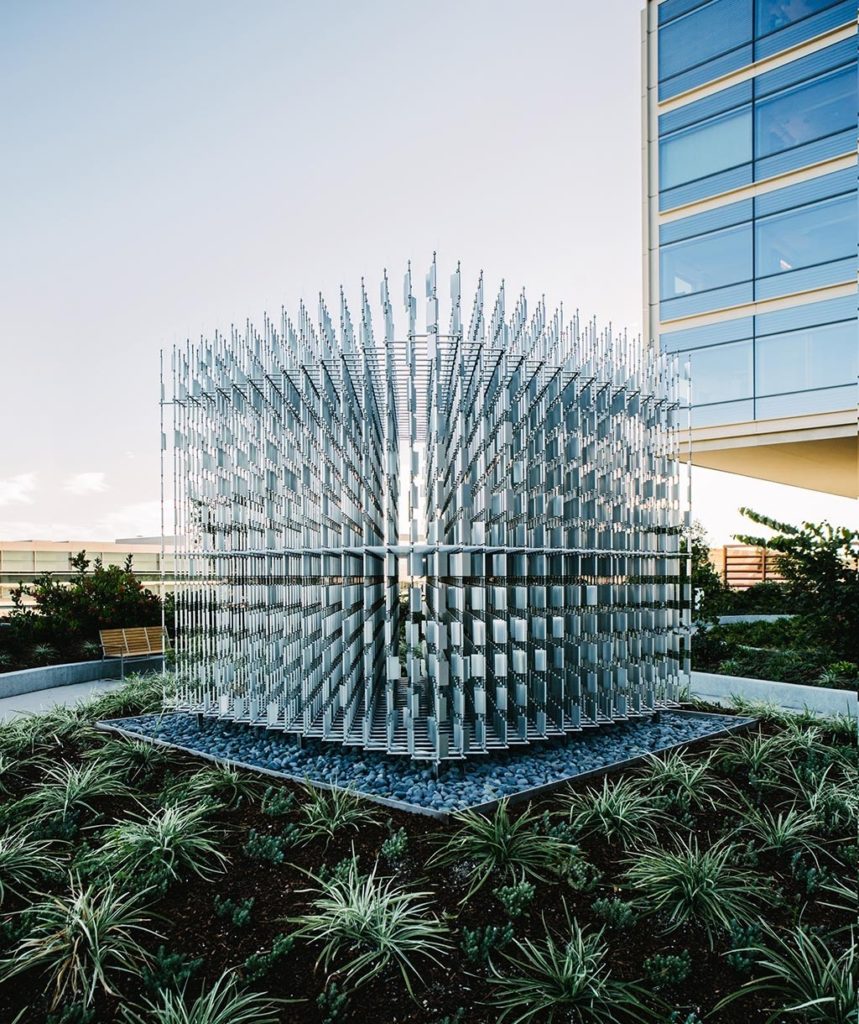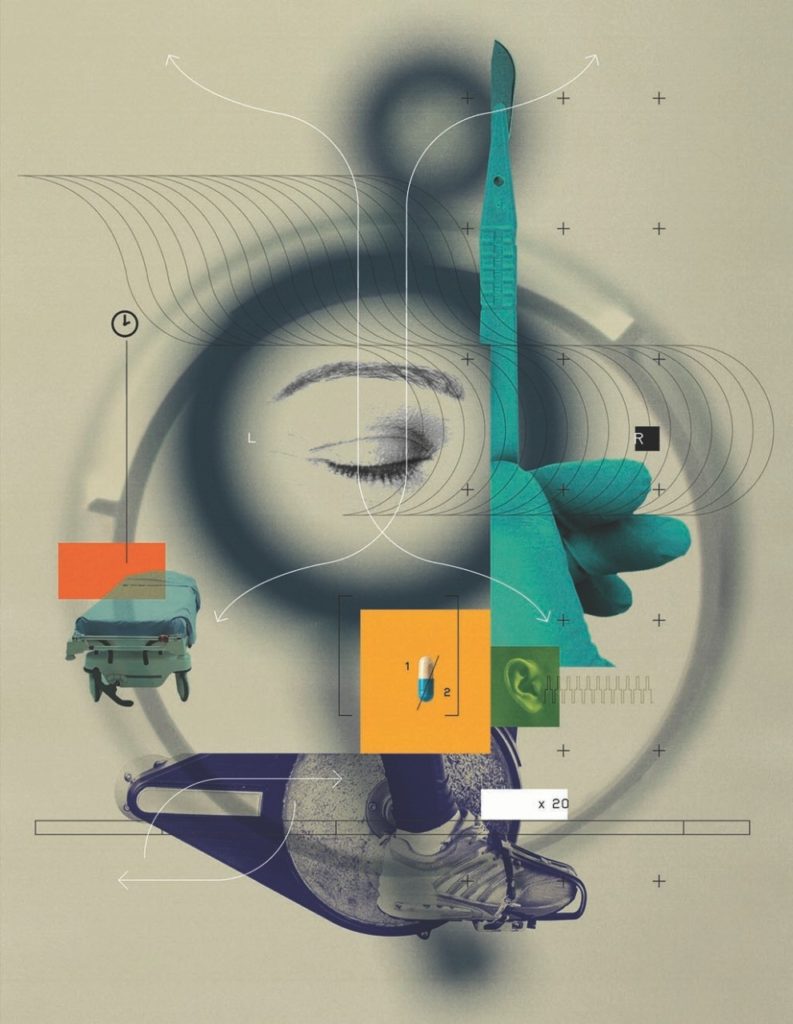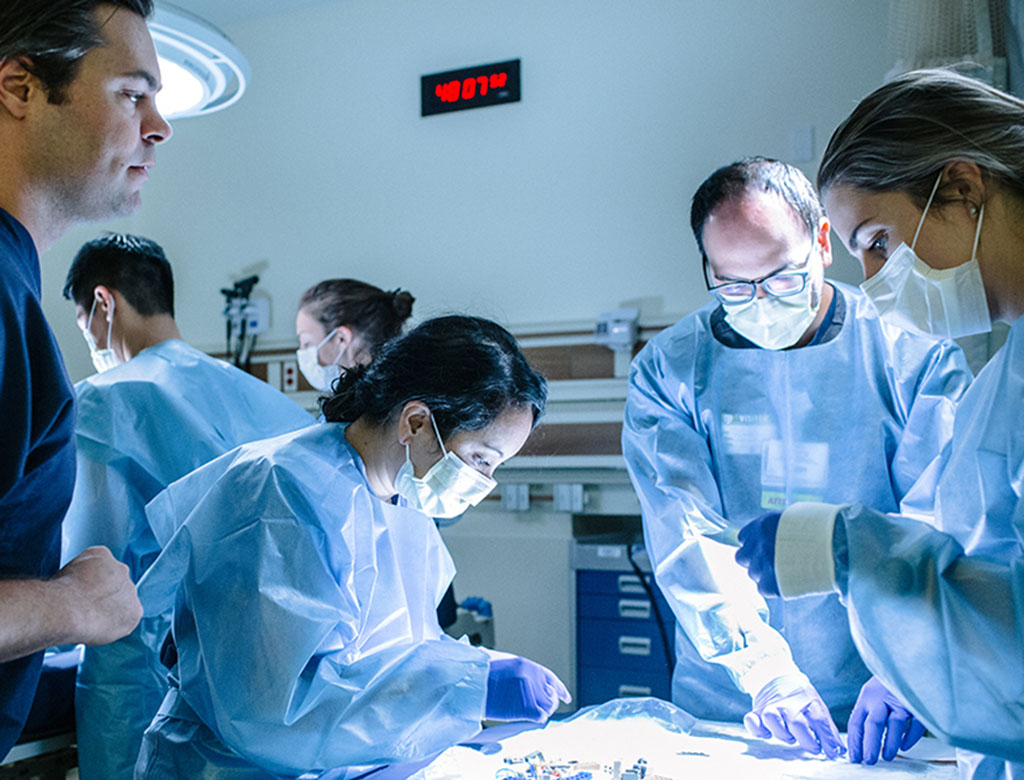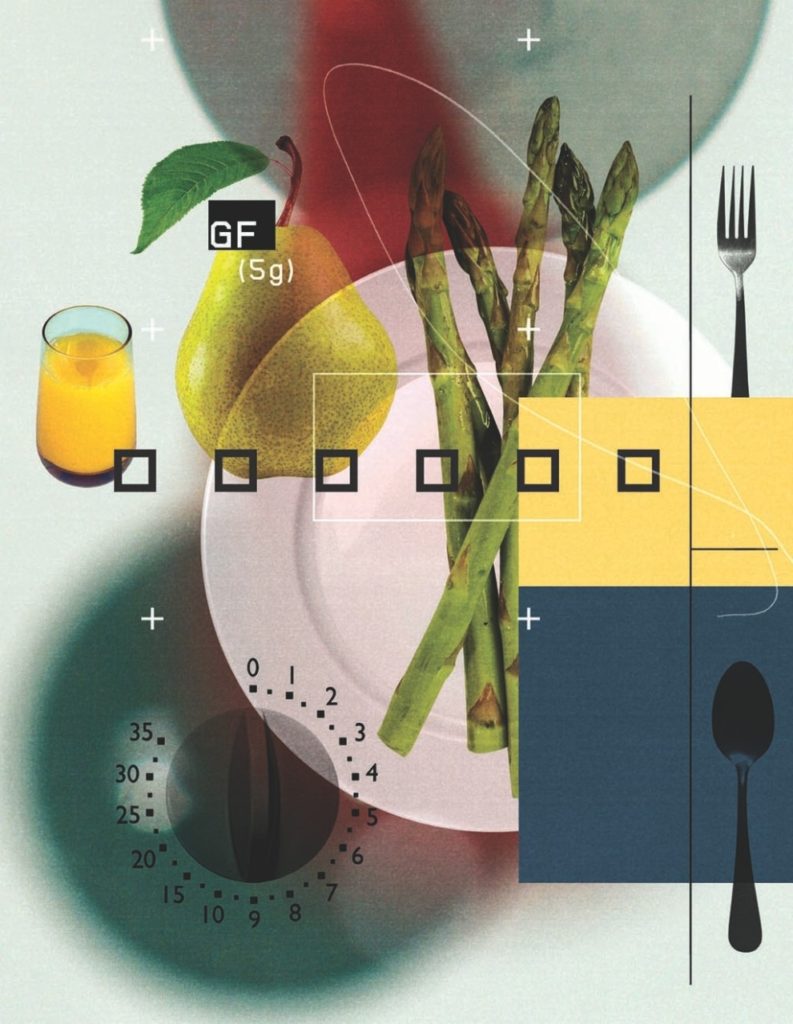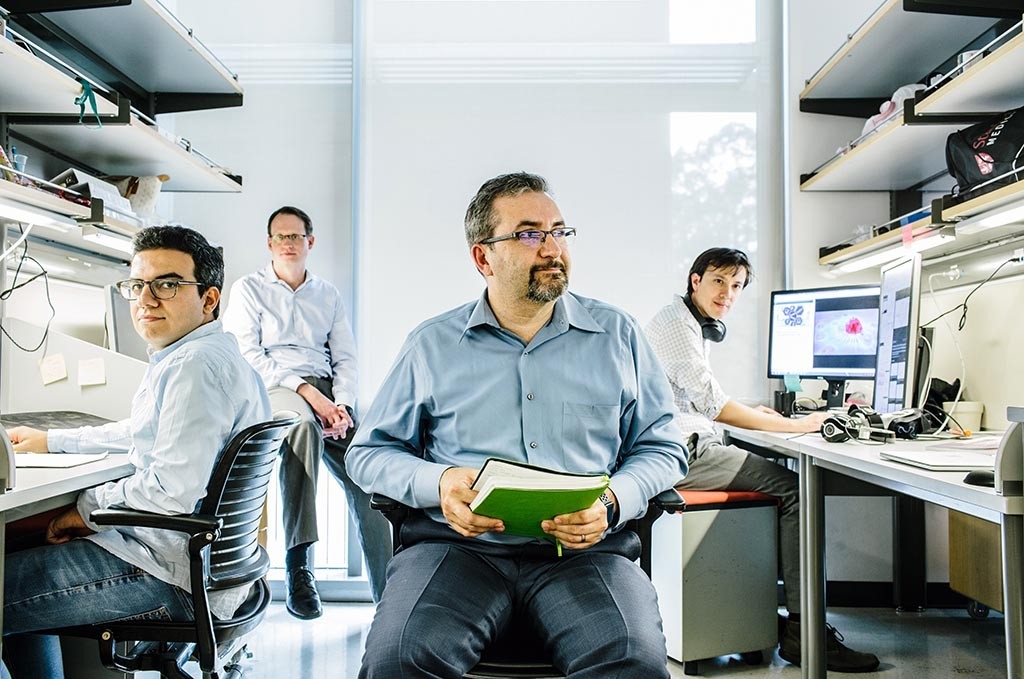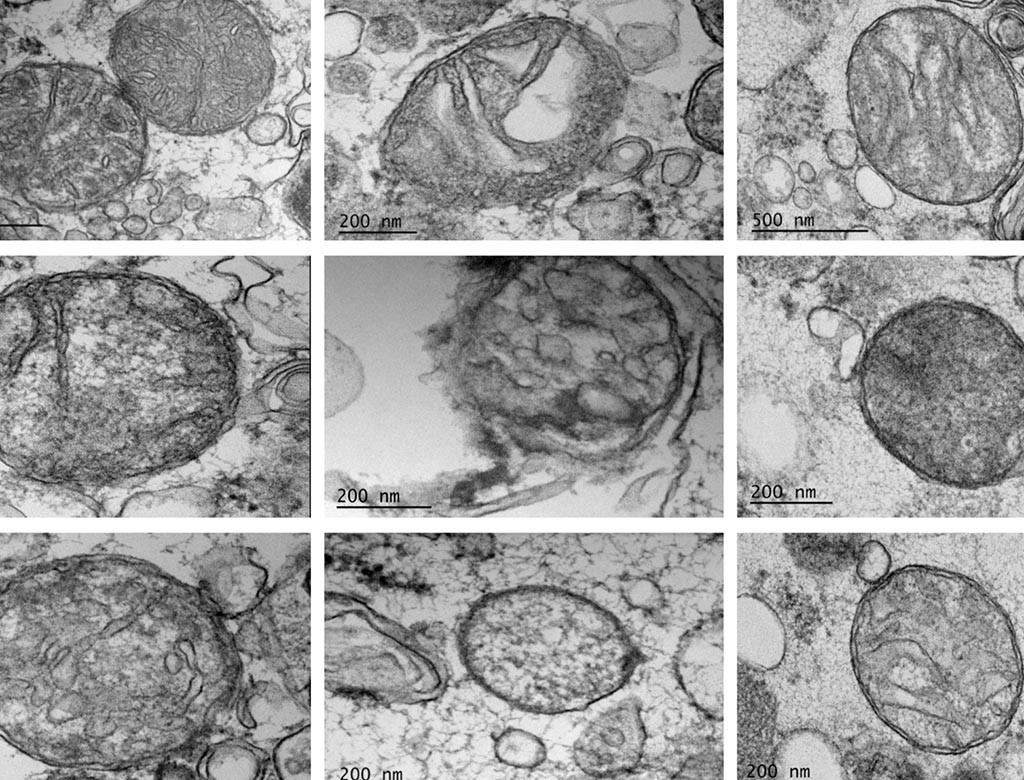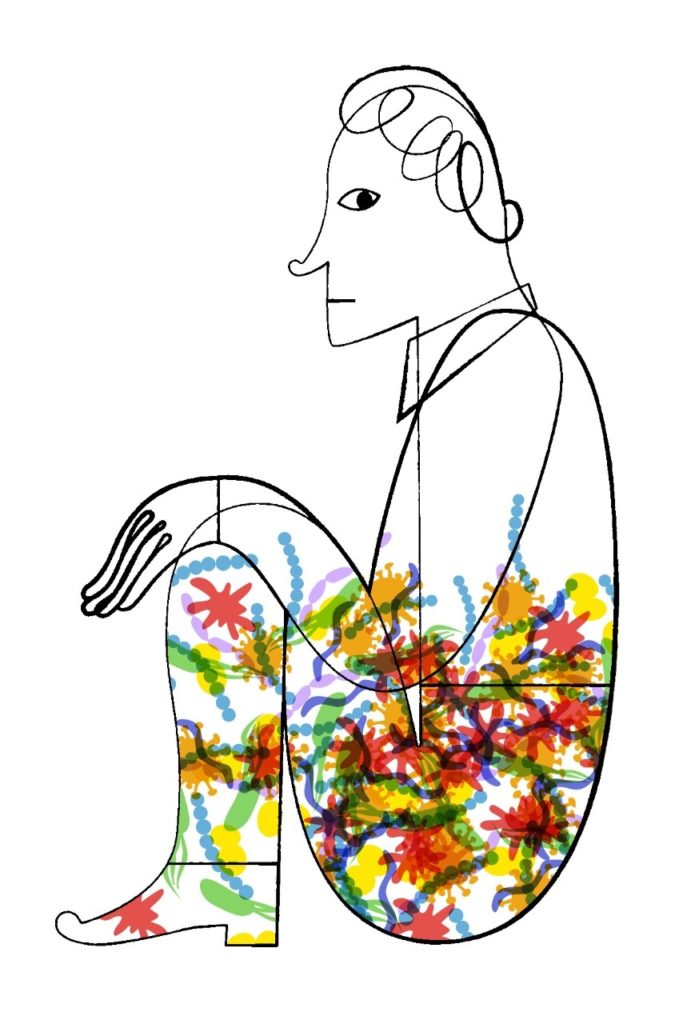The new Stanford Hospital
The future is here
This issue of Stanford Medicine Magazine features an inside look at the new Stanford Hospital, where design and advanced technology combine to improve patient care for decades to come.

Tomorrow’s hospital today
Advanced technology and a design that puts well-being first come together in the new Stanford Hospital
Stanford Hospital: By the numbers
How the new $2 billion Stanford Hospital is poised to serve the community for 100 years
Art plays a part
Works of art and views of nature promote healing at the new hospital
From prehab to rehab
How Stanford physicians and researchers prepare patients to thrive after surgery
All for one
Building a culture of teamwork in emergency care
A new view on brain surgery
Guided by lasers, fluorescence and real-time imaging, surgeons develop new ways to enhance precision
Health food
Behind the scenes in a hospital kitchen
Letter from the Dean
Expanding on unparalleled patient care
The best possible resources with the best possible environment for precision health
Stories
What are my chances?
Using in-game win probability techniques to predict the course of disease
Burnout in brain city
When nerve cells’ power packs go wrong
School’s in session at the hospital
English, math and even science experiments help school-aged patients keep up
Night, night
Understanding the neurology of snoozing zebrafish could solve the mysteries of human sleep
Upfront
Small but mighty
Inflammation from a simple infection can awaken a silent genetic defect in rats that carry it, resulting in a deadly form of pulmonary hypertension, a study shows.
Upfront
A quick look at the latest development from Stanford Medicine
Pain blocker
The experimental drug filgotinib blocks a set of enzymes that cause inflammation in rheumatoid arthritis patients who haven’t benefitted from other treatments, a study shows.
Better leukemia treatment
Anew drug combination for chronic lymphocytic leukemia could herald a new standard of treatment, researchers find.
Silent killer
Inflammation from a simple infection can awaken a silent genetic defect in rats that carry it, resulting in a deadly form of pulmonary hypertension, a study shows.
Pesticides and kids
Brain scans of a group of adolescents in California’s Salinas Valley show a direct link between pesticides they were exposed to in utero and certain brain functions.
Balancing act
Stimulating cells that jump in to protect healthy tissues in MS patients when their immune systems attack could lead to new drug therapies, researcher says.
Transformer cells
Researchers ID cells that transform into tissue that caps off plaque in atherosclerosis. They also believe they’ve found the gene responsible for the transformation.
Name that object
Pivotal response therapy that taps into the interests of children with autism, is better than existing therapies at motivating them to talk, a new study shows.
Explore Issues
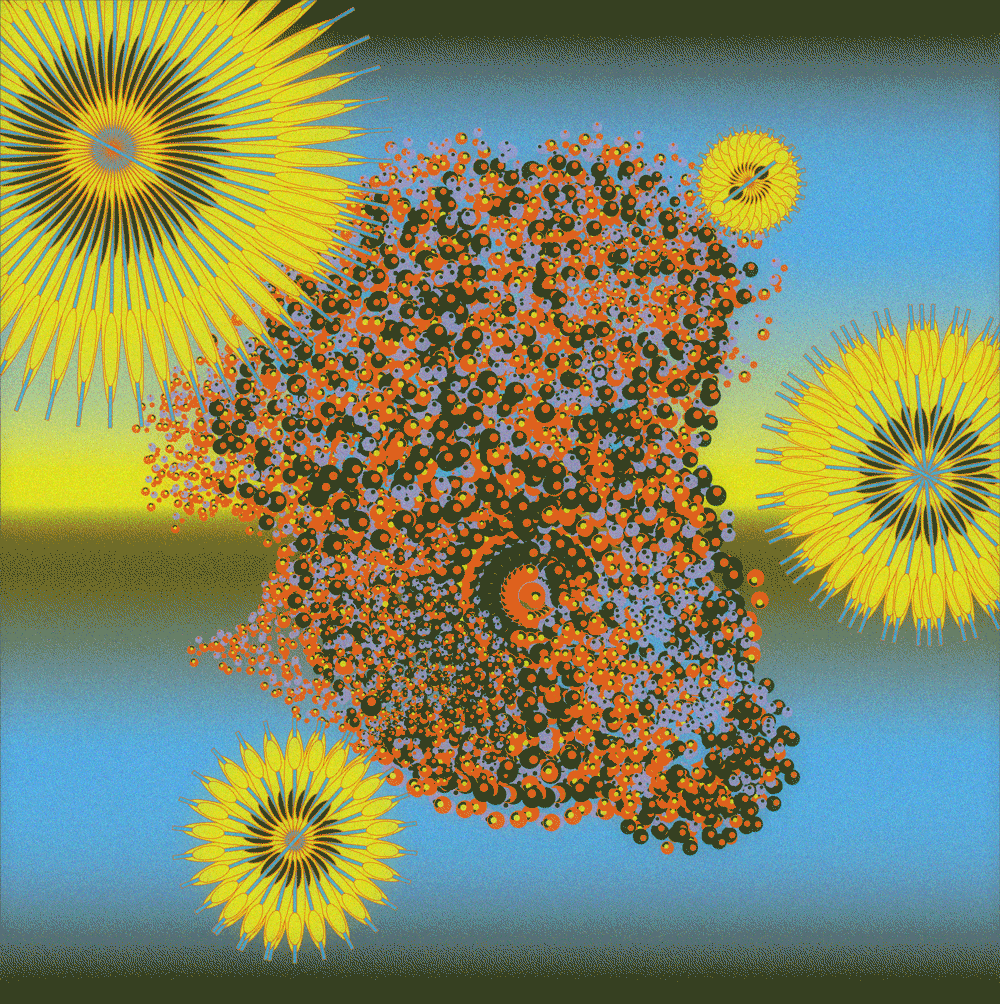
Reimagining cancer
Innovation-driven exploration and care

The majestic cell
How the smallest units of life determine our health

Psychiatry’s new frontiers
Hope amid crisis
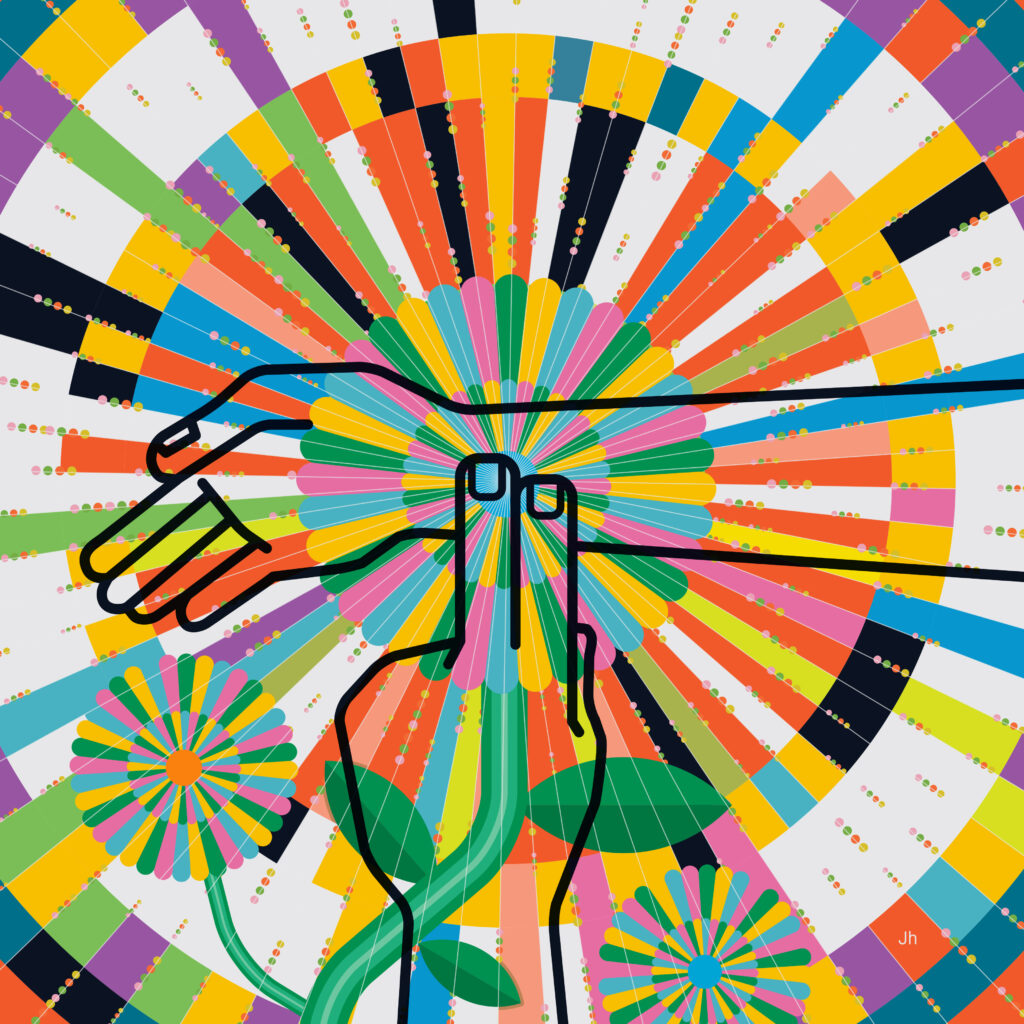
AI explodes
Taking the pulse of artificial intelligence in medicine
